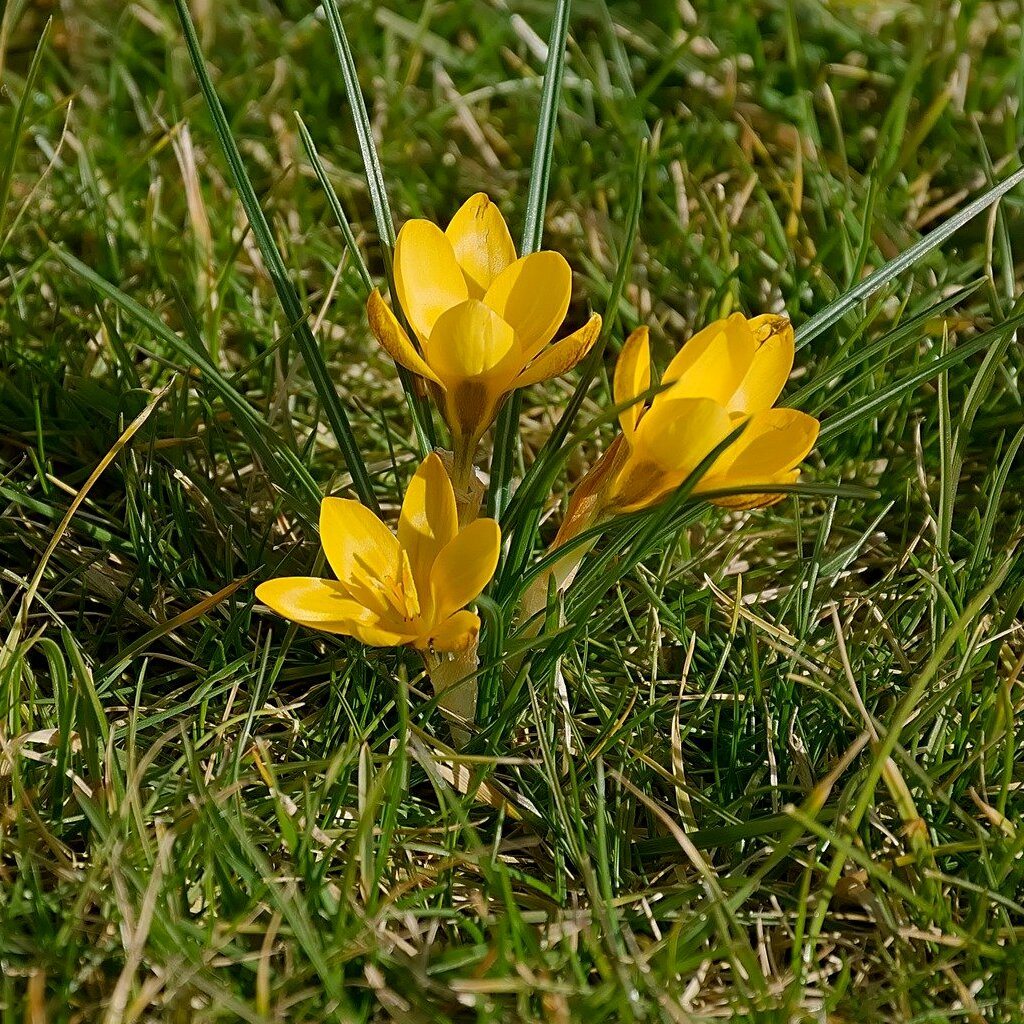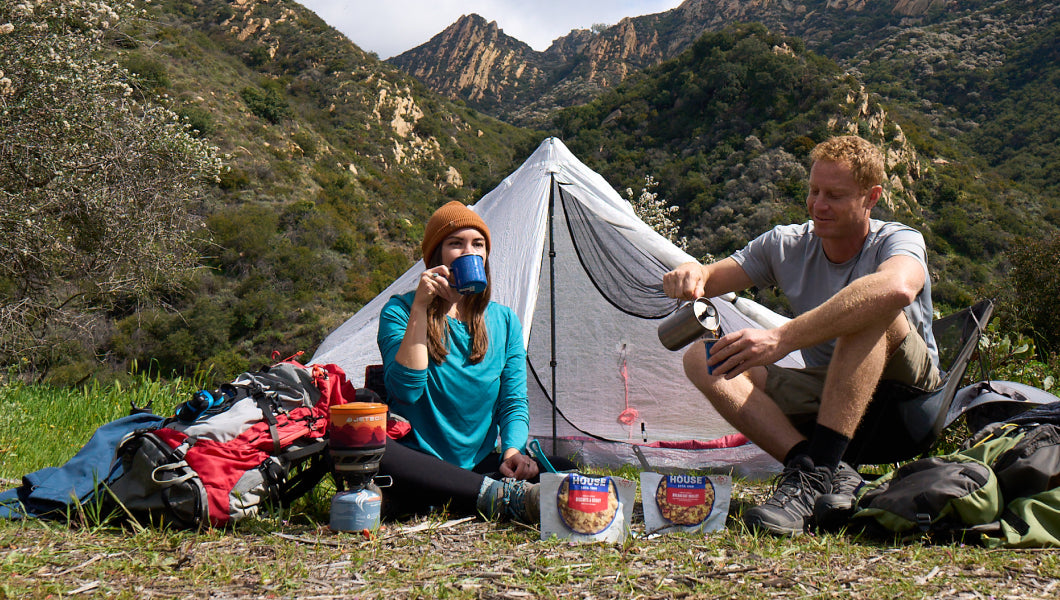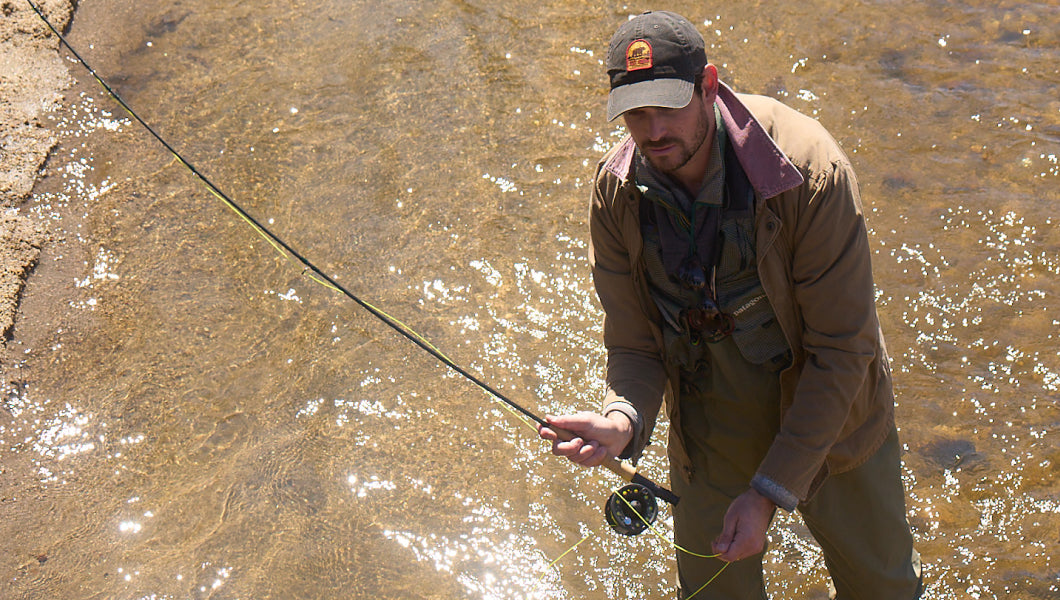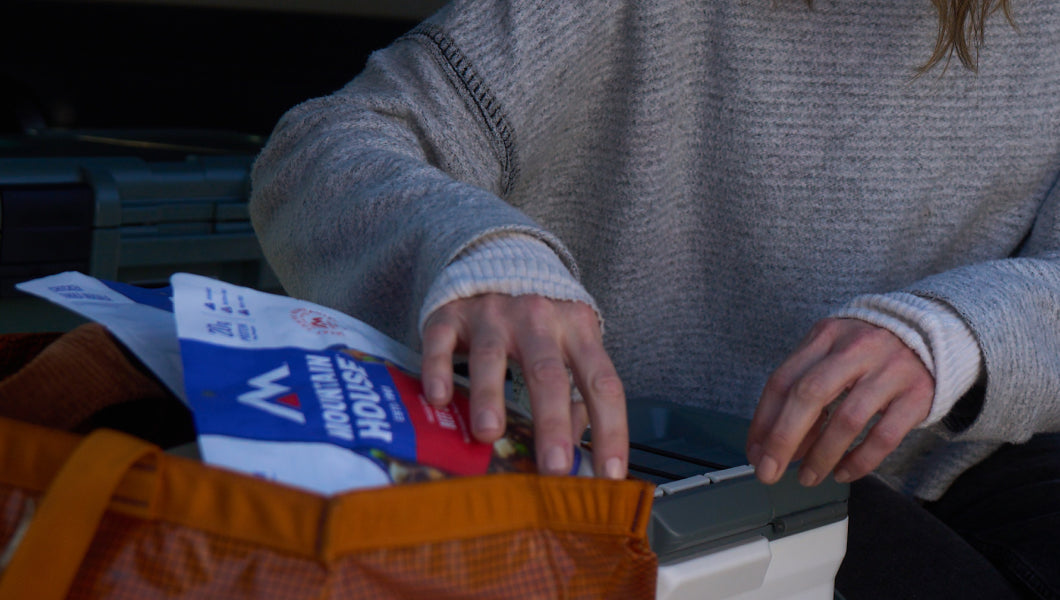Inspired for an Adventure? Check out Beef Stroganoff - Pouch and Beef Stew - Pouch
Free Ground Shipping On All Orders
Over 2,100 Reviews
Add description, images, menus and links to your mega menu
A column with no settings can be used as a spacer
Link to your collections, sales and even external links
Add up to five columns
Add description, images, menus and links to your mega menu
A column with no settings can be used as a spacer
Link to your collections, sales and even external links
Add up to five columns

Early Signs of Spring to Look for in the Great Outdoors
Groundhog Day’s come and gone, but whether or not that oversized squirrel saw its shadow or not, spring is inevitably in the air. We don’t need to tell you that winter can be a fabulous time to be out and about soaking up the great outdoors, whether on a ski slope or sitting patient vigil beside a hole in the ice. But many outdoors enthusiasts about this time of year are also keenly anticipating the great thaw, and the promise of long, adventure-filled days, warm weather, and prime time for camping, backpacking, mountain biking, angling, and so much more.
Picking up on the earliest signs of the vernal reawakening is its own sort of sport. It can be mighty inspiring and appetite-whetting in the trip-planning department even as it also, more subtly, sharpens your eye to the rhythms of Mother Nature and deepens your connection to the landscape.
Here are some of the first signs of spring to keep watch for!
The First Blooms

Image by Hans Braxmeier from Pixabay
Nothing, of course, says spring like flowers, but some blooms get a real jump on the season. Across much of the country, for example, trilliums unfurl their big, flashy blossoms on the early end of the spectrum. So do anemone or meadow-rue (which may also continue blooming right into late spring), trout or fawn lily (patches of which may be more than a century old), various violets, mayapple, bloodroot, hepatica, and the large, wild-looking skunk-cabbages of mucky places in both eastern and western North America (though belonging to two different, and not closely related, species).
In the deciduous woodlands and forests of the East, spring ephemerals include those much-sought-after wildflowers blooming briefly in the lengthening days and ample sunlight before full canopy leaf-out. They often flourish right around the bases of tree trunks, where, due to the “tree-well” effect, the shallower snow or bare ground around trees due to their absorption and re-radiation of solar energy (and, in evergreen trees, because of the sheltering effect of the overhanging canopy), the soil’s warm and exposed early on.
Flight of the Bumblebees

Image by Josef Pichler from Pixabay
Attending to many of those early-blooming spring wildflowers are bumblebees, which may make appearances surprisingly close on the heels of wintry weather. Heavily bristled, “furry” bodies, the ability to shiver to keep warm, and efficient absorption of solar radiation allow bumblebees to get cruising in chilly weather. The first you’ll see buzzing their loopy way along are the queens, which have spent the winter hibernating and are, in a word, famished; after restoring their energy reserves with nectar and pollen, they’ll set about selecting a nest site for the year to build up a colony.
Alder Tassels

Image by Lars_Nissen from Pixabay
The swelling of often pretty colorful tree buds and the emergence of new leaves and flowers after “bud break” is another defining botanical sign of spring. Among the classic harbingers of the season in the arboreal world are the catkins of alder shrubs and trees, so widespread along streams and wetlands. The long, hanging, highly conspicuous male catkins open in late winter or early spring when the alder’s still leafless, shedding the pollen that’ll fertilize the smaller, pinecone-like female catkins.
The Singing Sergeants

Image by Ryan Panfil from Pixabay
Another of the early signs of spring sure to cheer any winter-hardened heart is the raspy, “onk-a-LEE” song of the male red-winged blackbird. Found across a vast chunk of North America, red-winged blackbirds are year-round residents of much of the Lower 48, though northern populations are migratory. At the front end of spring, the males start staking out breeding territories in cattail marshes, swamp edges, mucky fields, and other wet places. They set up shop on high perches, puff themselves out, show off their red shoulder patches (or “epaulets”), and let loose their downright iconic song, hoping to grab the attention of females when they show up.
Enjoy the blackbird soundtrack, a sure indication spring’s in the offing, but, give those feisty red-winged males a wide berth: they’re notoriously territorial, and have no compunction about dive-bombing human beings alongside crows, deer, or just about anything else that gets too close to their turf.
Frogsong

Image by StockSnap from Pixabay
Overlapping with those hoarse blackbird warbles are the cheeps, chirps, and croaks of early-emerging frogs feeling on the randy side of things. Wood frogs, for example, which show incredible cold tolerance thanks to their ability to partly freeze their internal plumbing, may start calling while snow’s still lying on the ground. Spring peepers are famous for their ringing choruses, a defining early-springtime sound in wetlands across eastern North America. In the Northwest, the “ribbit” of the Pacific treefrog may kick off before winter’s even really left the stage.
Bringing the Hammer Down

Image by GeorgeB2 from Pixabay
Another part of the springtime soundtrack is the noisy drumming of woodpeckers intent on advertising territory and signaling potential mates. Hammering as loud as possible is part of the M.O. here, and woodpeckers find metal roofs, gutters, and even car hoods to be primo for their purpose. More than a few homeowners have been startled by what sounds like abrupt, unplanned drilling going on on top of their house, only to find the culprit’s an overeager northern flicker or some other spring-frenzied woodpecker.
The Woodcock’s Routine

Image by Lola Martin from Pixabay
In the Midwest and East, one of the most striking early signs of spring is another bird-related one: the call of the male American woodcock, a long-billed, rarely seen upland member of the shorebird clan. The male calls with a loud “peent” that, to a lady woodcock, advertises his availability and prime territory - and, to a human listener, summons the spring season. If you’re within earshot of a calling woodcock, you might just luck out and see the male’s amazing, spiraling dusk flights - the famous “sky dance,” which comes accompanied by an odd twittering sound produced by the bird’s wings.
Spring’s Around the Corner

Image by For commercial use, some photos need attention. from Pixabay
From the hammers of the feathered squad to the year’s kickoff wildflower show, now’s the time to keep an eye (and an ear) out for the earliest signs of spring season—and start planning some outdoor activities to take advantage of the longer, warmer days to come!

How to Prepare Freeze Dried Food

The Best Freeze-Dried Meals for Camping, Hiking, Emergencies, and Home


Stay Hungry for Adventure
Sign Up for Delicious Outdoor Meals & Exclusive Offers!


Join the adventure
©2024 Mountain House — All Rights Reserved.
Your Cart is Empty
Continue ShoppingYour Cart
Subtotal
$0.00
EXPRESS PAYMENT METHODS AVAILABLE IN CHECKOUT
Taxes and Shipping Calculated at Checkout














